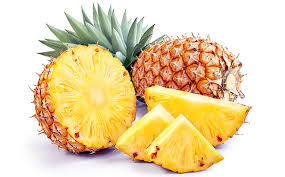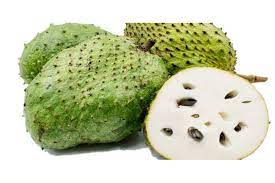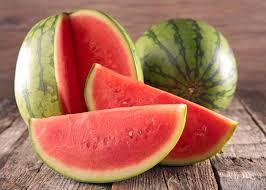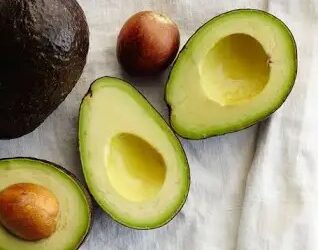A typical Ghanaian salad is packed with processed meats, dressing, canned vegetables and other toppings. We love our flavors, so we often end up eating junk in the name of salads.Understandably, dry salads do not sit well with a lot of us.It took a lot of experimentation to help me change from the vegetable hater I was, to the salad lover I am now. Friends and family enjoy my salads, and as you pick up these tips I hope your love for salads deepen, and people visit you for a bowl of salad or invite you to make salads for their events too.
- Texture is everything: For me, a good salad must have some crunchiness to it. This is achieved by purchasing firm, mature vegetables which are not exposed to the sun, and cleaning them well. A lot of the stuff we use to clean our vegetables (salt / vinegar / baking soda, etc.) cause greens to lose their moisture and wilt quickly. Try this for crisp, crunchy greens: Clean your greens thoroughly with water before storing. Keep them refrigerated in a bowl, covered with a napkin till you’re ready to use them. During preparation, use cold water to prepare your solution for washing your greens and rinse with plain chilled water (preferably with crushed ice) immediately after washing.Also, to prevent wilted greens or soggy salads, don’t add dressing, vinegar or lemon juice till you’re ready to eat your salad. That means you should not premix salads with dressing before serving.
- Get your veggies right:Use more leafy greens (dandelions, lettuce) or cruciferous vegetables(cabbage, broccoli, cauliflower, etc) than starchy vegetables such as carrots, beetroots, sweetcorn, etc. This helps you to moderate your carb intake, especially if your salad is part of a large meal with other carbs such as rice, yam, pasta or potatoes. Cucumbers are a great addition to your salads as well, for that freshness and feeling of fullness due to their high water content.
- Ditch the processed meats: corned beef, sausages, luncheon meat and other fatty, processed meats should give way to healthier sources of protein. Eggs, fish, lean cuts of meat or poultry and other seafood could be used instead of processed. Use plant proteins such as tofu, beans or nuts (yes, nuts are great in salads too) in place of animal proteins often.
- Keep it simple: use just 2 or 3 vegetables in addition to your leafy greens. This gives room for exploring different vegetable combinations in different salads, so you don’t get fed up with several vegetables at once. For example, a green salad of cucumbers and leafy greens only will taste different from a coleslaw or one with greens, tomatoes and bell peppers.
- Spice it up: Add some chopped herbs and spices to put a twist on your salad. Basil (akokomesa),ginger, garlic, black pepper, parsley, coriander, the list is endless. Aside the flavor, herbs and spices are packed with health-boosting compounds, most of which are highly potent in the uncooked state.
- Watch the dressing: Store-bought salad dressing is often high in sodium and saturated fat. Try home made vinaigrette or low fat salad dressing, or simply use plain/ Greek yogurt, lemon juice,apple cider vinegar or virgin olive oil as dressing. Choose low fat or trim dressings if you must buy.
- Experiment with fruits: Try adding a few pieces of fruit to give your salad a touch of sweetness. Fruits such as apples, mangoes, grapes, serve as great additions to salads.Whether fresh or dry, fruits help you enjoy the boring veggies.































